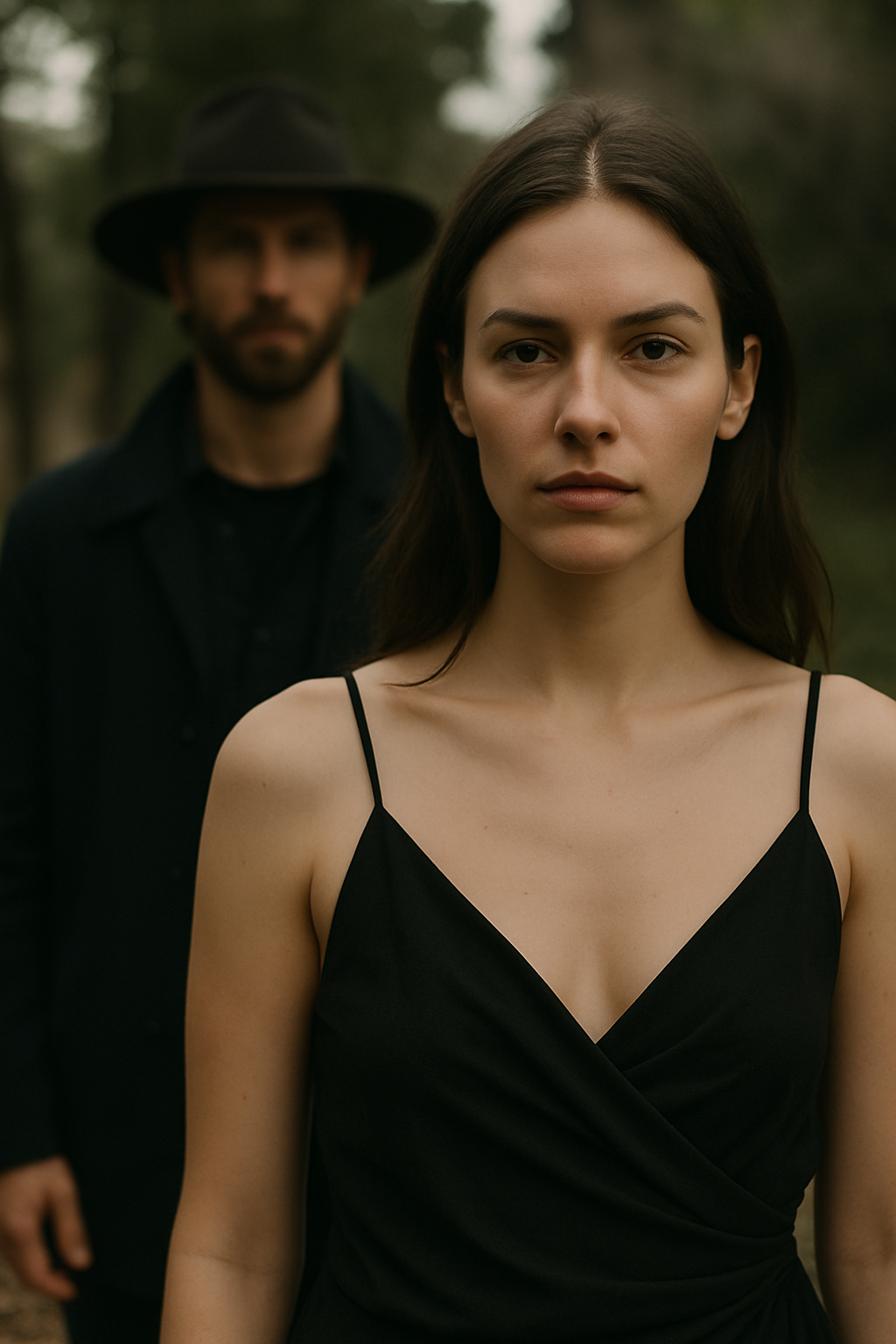How a thousand-year hunt rewrote the story of feminine power—and how we reclaim it
Prologue: The Bear in the Woods
For over 5,000 years, we were told a story.
That the danger lived in the forest. That it had claws and breasts and long, tangled hair. That she cursed crops, stole babies, and bled without shame. She was wild. She was free. She was fearsome.
But the danger was never the bear in the woods.
The danger was the man telling the story.
He stood by firelight, cloaked in holy books and judicial robes, reciting tales that twisted women into monsters. He did not fear the witch—he feared the woman who could not be owned. And so he named her evil. And so the fire was lit.
The Heroines Made into Warnings
The witch trials were never about justice. They were a global, methodical extermination of the feminine that could not be controlled. Between the 1400s and 1700s, up to 80,000 people—most of them women—were accused of witchcraft. Midwives, herbalists, widows, rebels. Women who whispered to plants, bled on purpose, refused to kneel.
And we? We were taught to fear them.
Not the ones who tortured, drowned, or burned them—but the women themselves.
Because if we feared the witch, we wouldn’t question the system that hunted her.
Why We’re Not Scared of the Hunters
The answer is as elegant as it is devastating:
Because it’s his story, not hers.
The hunters wrote the history books.
The witches died with herstory.
Those who lit the fires also penned the myths. They were judges, clergymen, scholars, kings. They did not simply destroy women; they destroyed the narrative. They draped persecution in scripture. They turned misogyny into law.
To fear the hunters would mean unravelling everything: religion, governance, medicine, language. It would mean questioning the very scaffolding of “civilised” society.
So the story stayed: the witch is dangerous. The hunter, divine.
The Body Keeps the Scars
We carry this history in our blood. Our wombs remember.
At Phenxx, we name this the lineage of the unburned. Women whose intuition is unshamed. Women who return to their cycles, their desire, their sacred anatomy with reverence. Because reconnecting to our pleasure, our bodies, our wombs—isn’t indulgent. It’s revolutionary.
Menstrual cycles are maps of power. The clitoris is not a sin. The word cunt is not profanity—it is poetry, etymologically rooted in goddesses and priestesses. When we reclaim these, we don’t just reclaim vocabulary—we reclaim power.
Rituals of Return
Reclaiming the witch is not about spells and potions. It’s about remembering who we were before they told us to be afraid.
It’s in the soft discipline of daily anointing.
In the bloodstain no longer hidden.
In the bed that welcomes menstruation like moonlight.
In the pleasure that isn’t apologised for.
The witch lives not in books, but in the breath of every woman who moves toward freedom without permission.
What if the Witch Was the Healer?
Let us remember: before she was a warning, the witch was a guide.
She knew which roots eased cramps. Which dreams spoke truth. Which nights were best for conception. She spoke with stars and listened to the soil. She mothered communities, not just children. She bled and birthed and buried with grace.
She was everything the patriarchy feared:
Self-governing. Sensual. Wise. Whole.
No wonder they set her alight.
A Final Invocation
To the Phenxx woman:
You are the living proof that the fire is your ally.
It did not end you.
It stripped away the lies.
It pulled you apart, so you could remember who you truly were—
and rise again, reassembled in truth.
You were never meant to be feared.
You were feared because you are powerful.
You descend from the scorched ones—not broken, but blooming.
From the ashes, you gathered clarity. From the flames, you forged a self that cannot be silenced.
Let them call you witch. Let them call you wild.
They always feared the woman who could not be tamed.
You are not the hunted.
You are the flame.

